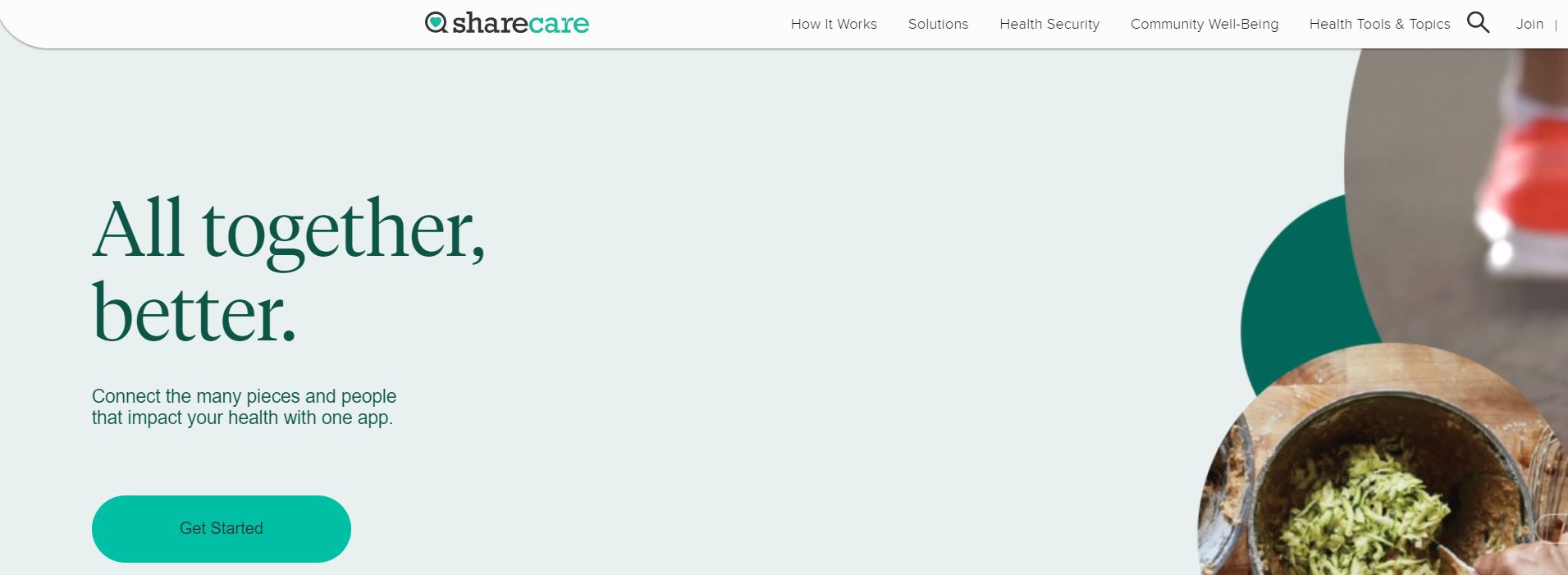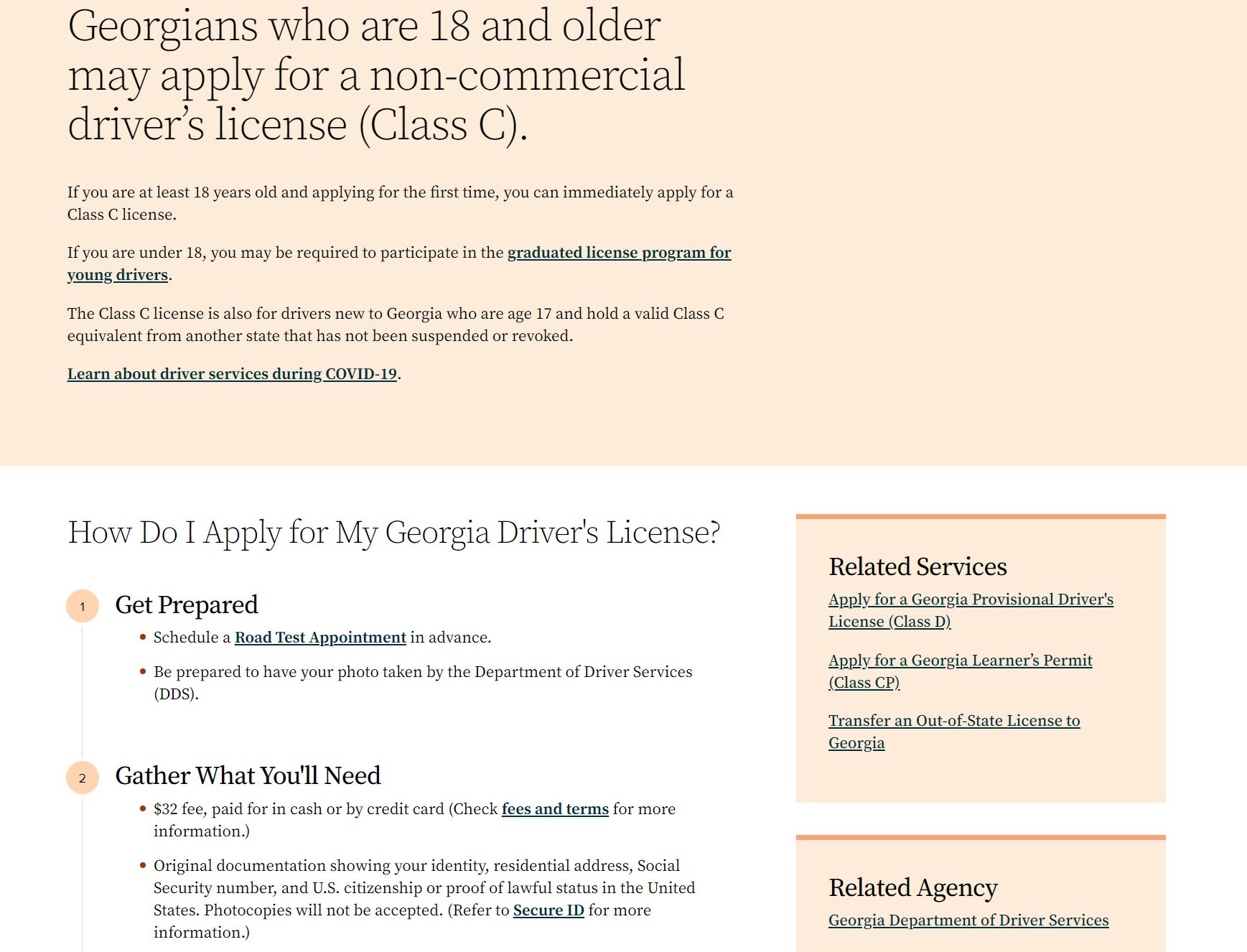
When you make your content effective, you earn the opportunity to influence your customers. This is why Content Science’s ContentWRX software includes influence as a distinct area of content effectiveness measurement.
ContentWRX evaluates content effectiveness across these six dimensions: discovery / findability, accuracy, usefulness, relevance, polish, and influence.
How do you create influential content? You need to:
- make use of the three appeals,
- achieve irresistible identification,
- guide customers’ attention with framing, and
- take advantage of opportune moments.
This step-by-step starter guide walks through key ways to improve your content’s influence.
Step 1: Make Use of the Three Appeals
When it comes to influence, understanding the principles of rhetoric will take you far. What’s the number-one principle of rhetoric? Aristotle would say it’s not one but three: the persuasive appeals. He introduced them in Rhetoric as ethos (credibility), logos (logic), and pathos (emotion). Aristotle insisted on always combining these appeals.
Let’s go through these three appeals.
Credibility: Why Customers Should Listen to You
This appeal focuses on why people should trust and listen to you or your organization. Typical points of credibility include:
- Experience: You have a lot of it, or your experience is specialized.
- Success: You’ve achieved something important or are having success now.
- Reputation: People in the community know you as having a certain characteristic, expertise, or offering.
- Endorsement/association: A credible brand or person says you are credible or connects with you in a credible way.
- Certification: You have earned a certain security or achievement level.
- Longevity: You’ve been around for a while.
- Similarity: You have a lot in common with the users.
Logic: Your Argument
It’s whether your reasoning is formed well (also known as being valid). At a minimum, good reasoning comprises these key elements:
- Claim: What you assert to be true, such as a value proposition.
- Evidence: What supports your claim, such as facts, statistics, and testimonials.
- Warrant: Why you can make the claim based on the evidence, or your “leap in logic.” Sometimes, the warrant is implied because it is an assumption (or a set of assumptions).
Emotion: Keeping Interest and Motivating Action
The emotional appeal is how you tap into people’s emotions to hold their interest, gain their sympathies, or motivate them to act. Appealing to emotion involves these related elements:
- Tone: The mood conveyed through your words, images, and other content.
- Style: Vivid word choice or imagery that’s charged with emotion.
The healthcare company Sharecare recently evolved its brand voice, strengthening the emotional appeal with the theme: All together, better. Sharecare is a connector in healthcare, bringing together all the right people and capabilities into their platform. And their goal is for everyone to live better, longer. To further reinforce the theme, Sharecare uses a personable and inviting style on the website and in the app.

Step 2: Achieve Irresistible Identification
The principle of the three appeals will take you far in making your content influential. But you can make your content even more influential with the principle of identification. Identification is overcoming our differences to find common ground. It’s the key principle for helping you attract the right people.
To help your users identify with your company:
- Use a persona, character or spokesperson. It’s representing your organization with a person or character (or two or three) who relates well to your users. For example, HowStuff Works offers a collection of podcasts hosted by relevant personalities. The most popular is Stuff You Should Know. On this podcast, self-proclaimed geeks Josh and Chuck banter about, well, stuff they think other geeks should know.
- Employ user-generated content. Your users can represent you well. How? Through comments and content they contribute to your social networking space. The right potential customers will identify with your current customers. The trick is to facilitate the discussion so that it stays true to your brand and your users.
- Create cause content. Research from the public relations firm Edelman has found that supporting a cause could even inspire users to switch brands. Select a cause that fits your brand values and your users’ values. For example, REI devotes much content to environmental concerns.
- Develop story content. A story allows you to bring values to life in a memorable, even entertaining, way. Because a story often involves credibility, logic, and emotion, it makes a strong, influential impact. You can find a story in almost anything, including client and customer case studies and your brand/organization story.
Step 3: Guide Customers’ Attention With Framing
A frame is a set of expectations, values, and assumptions that acts like a filtering lens. It leads us to see certain details and not others. Framing is packaging an idea, issue, or choice in terms of the frame. Framing can lead people to understand a concept quickly and even favorably.
People will respond to the same choice differently when it is framed in different terms. Research suggests that a negative frame, especially describing a “loss,” prompts a powerful emotional reaction in people. It’s so strong that people will even make a risky choice to avoid feeling the loss.
Let’s look at some specific ways to apply framing to content.
Theme / Key Messages
When Centers for Disease Control and Prevention (CDC) decided to redesign its Travelers’ Health website, Content Science advised on an approach to the content. CDC wanted to convey the risk that travelers face so that they take the right precautions—but not to the point that people fear traveling. One recommendation we made was to frame the travel precautions as smart planning to ensure that business remains productive and that vacations stay fun.
Taglines and mission statements are also key content that you can use to help frame user expectations. At Content Science, we recently updated our tagline to convey a wider range of capabilities informed by data.
Curation
For years, Starbucks has curated music that reflects its brand and cultural perspective. Starbucks created its unique frame of the musical world, and the frame resonated with customers. Starbucks even released its own successful CDs and sponsored a satellite radio channel. Now that Starbucks offers free wireless internet access to customers, the coffee brand has released its own digital network. On it, Starbucks curates exclusive content from the New York Times, Apple, and other select publishers. This network is Starbuck’s frame of the digital world.
Reminder and Instruction
There are many great examples of reminder and instruction in the health and finance fields. The Fitbit mobile application provides excellent examples of status updates, reminders, and instructions. The Capital One mobile application offers succinct and pertinent instructions and reminders for managing a credit card and more.
Government websites provide additional examples of how to use instruction to guide users. For example, Georgia’s state website uses a specific page template type to help give users instructions for complex tasks such as obtaining a driver’s license. The template includes clear, numbered directions for how to apply for a driver’s license.
Step 4: Take Advantage of Opportune Moments
Time. A concept so complex that the Greeks had not one but two words for it. Chronos meant chronological time, such as morning, noon, and night. Kairos meant the opportune moment. It’s the right time to say something in the right way. I think of it as the ideal time to ask people to change their viewpoint or take an action. The key is to ask when people are ready.
Don’t Ask Too Much Too Soon or Too Often
Ancient rhetoricians felt that the opportune moment was special. It didn’t come along every day. That’s worth remembering when we’re tempted to press users quickly for personal information or bombard them with emails, alerts, and tweets.
Ask Clearly—And Make Asking Easy
People won’t respond how you’d like if they aren’t sure what you want. At the same time, you have to make asking questions or giving commands easy for your customers in chatbots and voice command interfaces.
React to a Crisis Promptly and Appropriately
A hurricane strikes. A CEO resigns. A damaging video goes viral. Sometimes, the opportune moment arises because of a shocking event. It’s much better to say something trustworthy sooner, not later, so people don’t panic or spread rumors.
Next Steps
Follow these steps and suggestions to begin to put together a plan for developing more influential content. Once you have identified what your organization needs to do to improve content influence, an essential next step is to find out (using a tool such as ContentWRX) how your content is currently performing in terms of influence. Understanding where you are will help you determine how fast and how far you have to go to make sure you have influential content. You can also learn more about content influence in The Content Advantage or by partnering with Content Science.
This article is part of our ongoing series of Starter Guides, developed to help you make improvements across the six dimensions of content effectiveness: Discovery, Accuracy, Polish, Relevance, Usefulness, and Influence.
Events, Resources, + More
The Ultimate Guide to End-to-End Content
Discover why + how an end-to-end approach is critical in the age of AI with this comprehensive white paper.
The Content Advantage Book
The much-anticipated third edition of the highly rated book by Colleen Jones is available at book retailers worldwide. Learn more!
20 Signs of a Content Problem in a High-Stakes Initiative
Use this white paper to diagnose the problem so you can achieve the right solution faster.
Upskill with Content Science Academy
Training for modern content roles through on-demand certifications + courses or live workshops.








Comments
We invite you to share your perspective in a constructive way. To comment, please sign in or register. Our moderating team will review all comments and may edit them for clarity. Our team also may delete comments that are off-topic or disrespectful. All postings become the property of
Content Science Review.